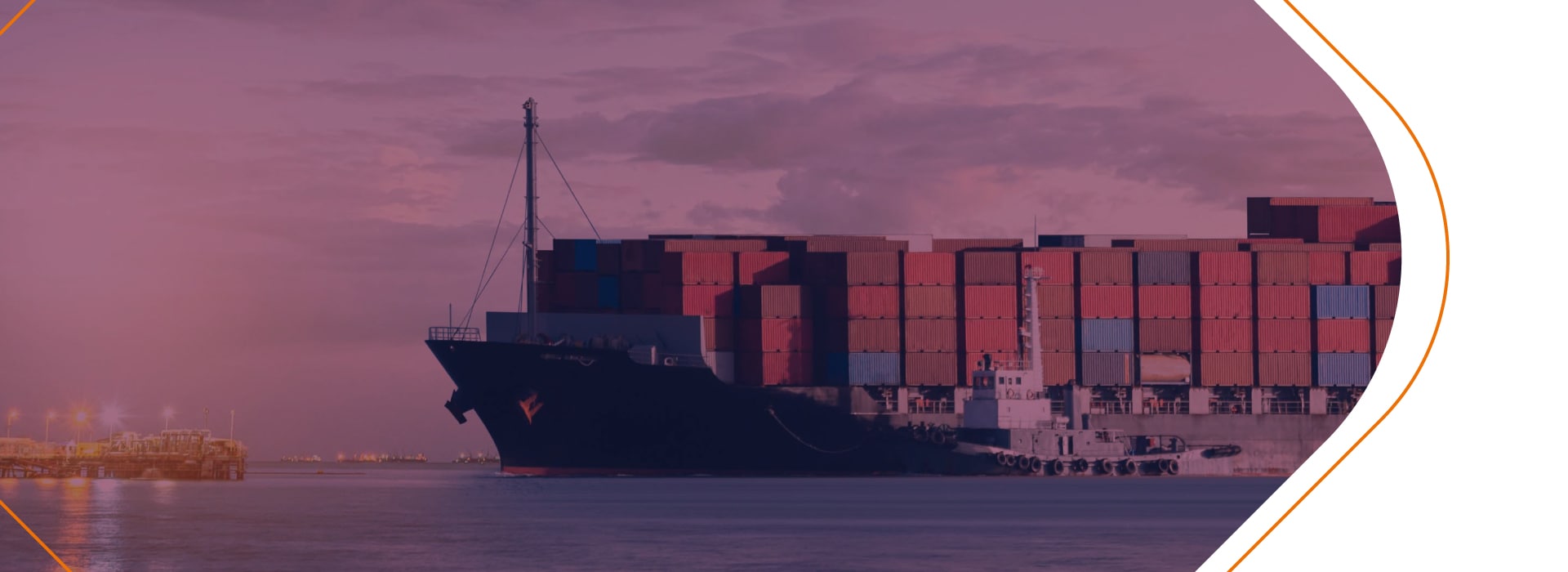Home > TradeEdge > Blogs > Demand Sensing: The First Step to Creating a Resilient and Future-Ready Demand-Supply Chain
Demand Sensing: The First Step to Creating a Resilient and Future-Ready Demand-Supply Chain

Consumer Goods companies (CGs) are exploring different ways to improve demand sensing because legacy demand sensing techniques have proved ineffective in today’s increasing supply chain complexity and evolving consumer behavior.
Demand-supply chain is constantly subjected to rapid change by various external forces, like global emergencies, weather trends, economic trends, and so on. These key drivers of change shape and reshape demand based on current market needs, just as we saw during the pandemic lockdown.
What is Demand Sensing, and Why do CGs Need a Robust Solution?
Demand sensing captures the short-term trends using predictive analytics to help CGs predict and deliver exactly what customers will want; when they want.
During the COVID pandemic, Consumer Goods companies were under pressure to balance supply with demand since the demand for their products increased manifold, primarily due to consumer hoarding behavior, as per 48% of CGs. Nearly 51% of Consumer Good companies listed business disruptions affecting operations during the lockdown, among other reasons.
The conditions in the supply chain didn’t improve post-pandemic. Instead, companies witnessed a 10xincrease in the volume of new products hitting the market compared to what had been the situation earlier.
These factors accentuated the need for a robust demand sensing solution to boost profits and stay competitive in the volatile market.
Challenges of Legacy Systems of Forecasting Demand
The primary difference lies in the type of data used for understanding future demands. Demand forecasting relies heavily on historical data, such as past sales, to predict future demand, which is sufficient when planning for long-term sales; however, not ideal for short-term planning.
On the other hand, demand sensing uses new-age technology to forecast near-future demands. In a customer-centric market, the near future can either refer to the future in hours or days based on how dynamic the demand-supply chain is to cater to ‘what the customers want’ and ‘when they want.’
Traditional demand planning and forecasting is inherently handicapped to aptly forecast short-term goals, especially in the absence of the correct data availability at the right time. Unavailability of data is the biggest challenge in forecasting demand-supply aptly.
Here are four key challenges when it comes to demand planning data needs:
The Future of Demand Sensing: Matching Expectations with Technology
According to experts, Automation and other technology solutions like Advanced Analytics, Artificial Intelligence, or Sensors are critical to offering the best-in-class supply chain, guaranteeing a seamless digital transformation journey for CGs and others.
Hence, companies that optimally integrate people, processes, and technology will outperform those that do not.
According to an analyst report, an ideal demand sensing technology needs a few key ingredients to match the demands of the dynamic market, including Demand Signal, Demand Visibility, Demand Frequency, Supply Reliability, Supply Agility, Right Strategy, and Tech Investments. All of these sum up to improve the end-to-end capability of CGs.
But the most foundational competency of a demand sensing solution should be to offer granular visibility into network-wide sales and inventory that help CG companies know what is selling, where and at what speed.
This information optimizes functions across the entire spectrum of demand planning, right from product development, category management, trade promotion planning, etc. A good demand sensing solution aims to help companies make the right decisions and be more responsive.
Hence, demand sensing solution should provide:
Benefits of Demand Sensing
So long CG companies have relied on syndicated data providers. Courtesy of disruptive forces like the pandemic, more and more retailers collaborate directly with the suppliers to capture near real-time demand signals. They are also engaging with customers or end-users to access those demand signals and bring back relevant insights.
These insights, when fed into intelligent solution, can garner the following benefits:
Demand Sensing: The Dawn of a New Resilient Supply Chain
Shorter forecasting lag periods are the prerequisite of an agile supply chain response. The realization dawned after CGs experienced a hard time trying to meet supply with changing demands, addressing inventory shortages or unused inventories during the pandemic.
The COVID pandemic was a catalyst for change. What could have been a change some years later happened now. And, demand sensing enabled by Automation and AI technology evolved as the perfect antidote building a more resilient supply chain for all.


Possibilities Unlimited
Possibilities Unlimited
Inspiring enterprises with the power of digital platforms
More blogs from EdgeVerve →